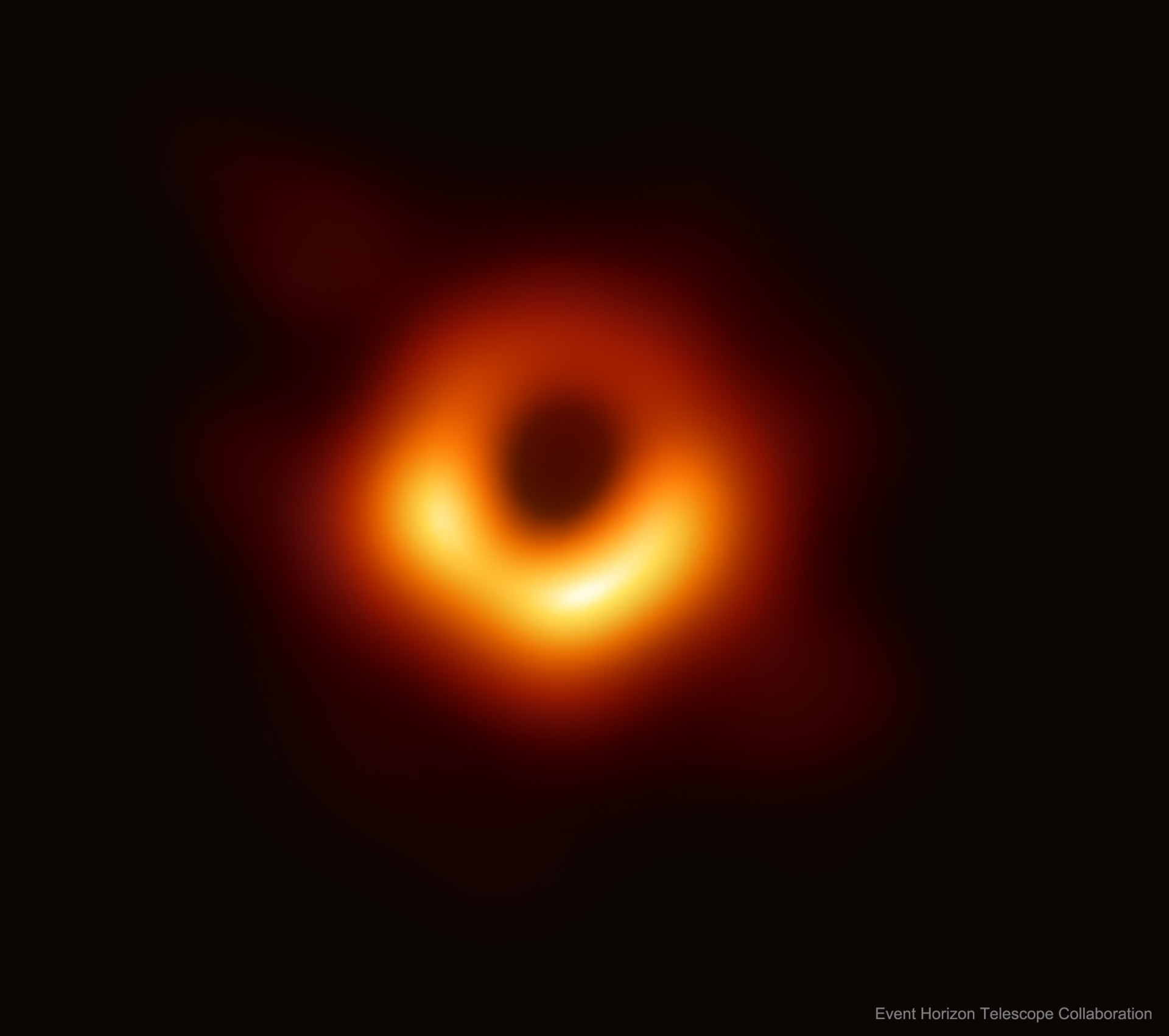What to expect
Astrophysics (according to NASA) is the study of how the universe began, works and has evolved, and the search for life on planets around other stars. It's an ever-changing field as human manipulation of technology improves year on year. On 11th April 2019, for example, the first ever photograph of the event horizon of a black hole at the centre of a galaxy was captured.
The IB Physics course contains three key sections at Standard Level:
- Stellar quantities (2 pages) - distinguishing between celestial bodies and defining units of length and brightness to cope with the vast magnitudes at play among the cosmos
- Stellar characteristics and stellar evolution (4 pages) - categorising stars by examining the light they emit and using this information to diagnose a star's position in its lifecycle
- Cosmology (2 pages) - using obervational evidence to make predictions about the past and future of the universe
The Advanced Higher Level topics are stellar processes and further cosmology.

Key questions
How do you find the luminosity of a star?
The luminosity of a star is equivalent to its power, the energy released in one second. Find out more.
Is a star a perfect black body?
A star is a good approximation of a perfect black body, an object that emits all wavelengths of electromagnetic radiation. The wavelength of greatest intensity is determined by Wien's displacement law, which states that peak wavelength is inversely proportional to the absolute temperature of the body. Find out more.
What are the features of a Hertzsprung-Russell diagram?
A Hertzsprung-Russell (HR) diagram plots stars according to their luminosity (vertical axis) and surface temperature (horizontal axis). The temperature axis is absolute (K), decreasing from left to right and has a non-linear scale. The luminosity axis is logarithmic. The diagonal lines represent radius. Find out more.
What is a standard candle?
Some stars act as standard candles. Like a standard solution of known concentration in Chemistry, a standard candle is a star of known luminosity. Find out more.
What are the stages of a low mass star?
A star enters the main sequence, as its protostar rises in temperature and commences fusion. It moves from the main sequence to the giant stage, with a reduction in temperature due to the increase in radius and an increase in luminosity associated with helium fusion. At the end of the red giant stage there is a shedding of the planetary nebula as the star expands for the last time. The cooling of a white dwarf corresponds with its decline in luminosity due to the absence of fusion. Find out more.
Is there still heat from the Big Bang?
Gazing out into the sky with a radio telescope reveals that the universe is far more homogenous than we might think. A near constant cosmic microwave background (CMB) radiation can be detected in all directions. Scientists had previously speculated that the universe should contain some electromagnetic radiation left over from the Big Bang. At the beginning of the universe this would have been high energy, high frequency gamma radiation. Over time, cooling and expansion of the universe have caused this radiation to increase in wavelength to become the microwave frequency we observe today. Find out more.
What is the future of our universe?
If the density of the universe exceeds the critical density, the universe will stop expanding and contract. We call this a closed universe. This would lead to a 'big crunch'! If the density of the universe is equal to the critical density, the rate of expansion of the universe would tend towards zero as time tends towards infinity. The universe is considered flat. If the density of the universe is less than the critical density, the universe will expand forever; an open universe. Find out more.

 Twitter
Twitter  Facebook
Facebook  LinkedIn
LinkedIn